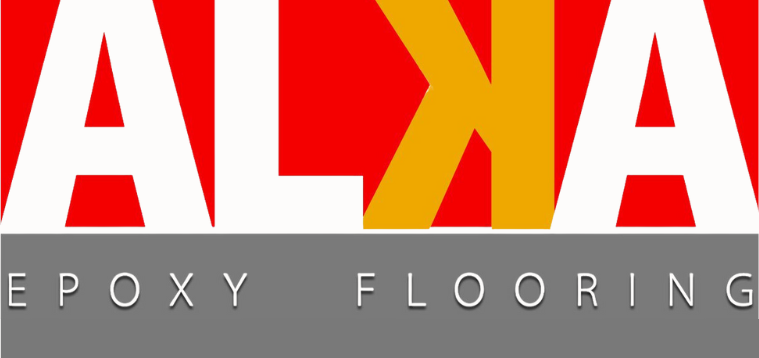
If you are interested in refinishing your concrete floors, you have two options. You can either use a polyurethane or a solid epoxy. Which one is best for your needs?
Polyurethane vs solid epoxy
If you’re looking to install a floor coating, you’ll find there are a lot of choices. The two main choices are epoxy and polyurethane. Both offer different advantages and disadvantages. The decision should be made based on your specific needs and requirements.
If you want a durable, easy-to-clean surface that looks great, a polyurethane floor coating might be a good choice. However, if you’re interested in a self-leveling surface that doesn’t require frequent refinishing, epoxy is probably a better option.
In addition to the differences in durability and ease of maintenance, the two types of flooring have distinct chemical and ultraviolet resistance properties. If you’re using an epoxy floor, you can choose from a variety of colors and textures to ensure that it matches the aesthetics of your space.
Unlike polyurethane, epoxy is stronger and harder. This makes it a perfect choice for high traffic areas. It also offers a longer lifespan.
Another major advantage of epoxy is its ability to resurface worn concrete. It has a strong bonding ability, enabling it to fill in small cracks. It’s also easy to apply. It can be applied as a base coat or as a topcoat.
The downside to epoxy is its tendency to become chalky over time. It can become difficult to work with when it’s been exposed to extreme temperature changes.
Polished concrete
If you’re looking for a floor covering that’s stylish and functional, polished epoxy concrete flooring is an excellent choice. The materials are durable and affordable, and you can choose from a variety of colors and styles.
There are several benefits to having this type of flooring installed, including increased chemical resistance, better weight-bearing capacity and abrasion resistance. It’s easy to maintain. You can clean it with hot water and a dust mop, and it’s resistant to corrosive compounds.
However, polishing your concrete won’t do much for you if you’re using it in an environment that doesn’t appreciate the shiny stuff. The best way to maintain it is to use a pH-neutral cleaner and to avoid overly acidic or alkaline cleaners.
It’s also a good idea to consider the amount of vehicular traffic that your facility receives. You should also make sure your new floor is UV-protected.
The most important thing to remember about epoxy and polished concrete is that they are not designed to withstand the rigors of constant exposure to harsh chemicals. For instance, nitric acid and ammonia can be corrosive to the epoxy.
Despite their relative weaknesses, both polished concrete and epoxy have their merits. They have been known to improve the aesthetic appeal of a building while protecting the interior from harmful elements.
Costs
There are many factors that can affect the costs of epoxy concrete flooring. The materials used in the process, the level of workmanship, and the size of the project all play a role.
The best way to find out the costs of epoxy concrete flooring is to ask local contractors for an itemized quote. This should include the cost of the materials and prep services. Depending on your specific needs, the price could be as low as $3 to $12 per square foot.
A good quality epoxy flooring will last for several years. In addition to durability, it is heat and chemical resistant. It is also slip-resistant and easy to clean.
Decorative epoxy can provide an excellent shine. However, it can also be a pain to apply. If you are unsure about doing it yourself, contact a professional to do it for you.
When evaluating the costs of epoxy concrete flooring, it is important to take into account the type of epoxy used and the application method. This may involve a sprayer, roller, or even a squeegee.
The most expensive option is solid epoxy. This is more durable and is suitable for large projects. It is not ideal for small areas.
The lowest cost option is water-based epoxy. While it is less expensive, it is not as durable as other options. It must be applied every one to three years. It can withstand minor scratches, but it cannot stand up to heavy blows.
